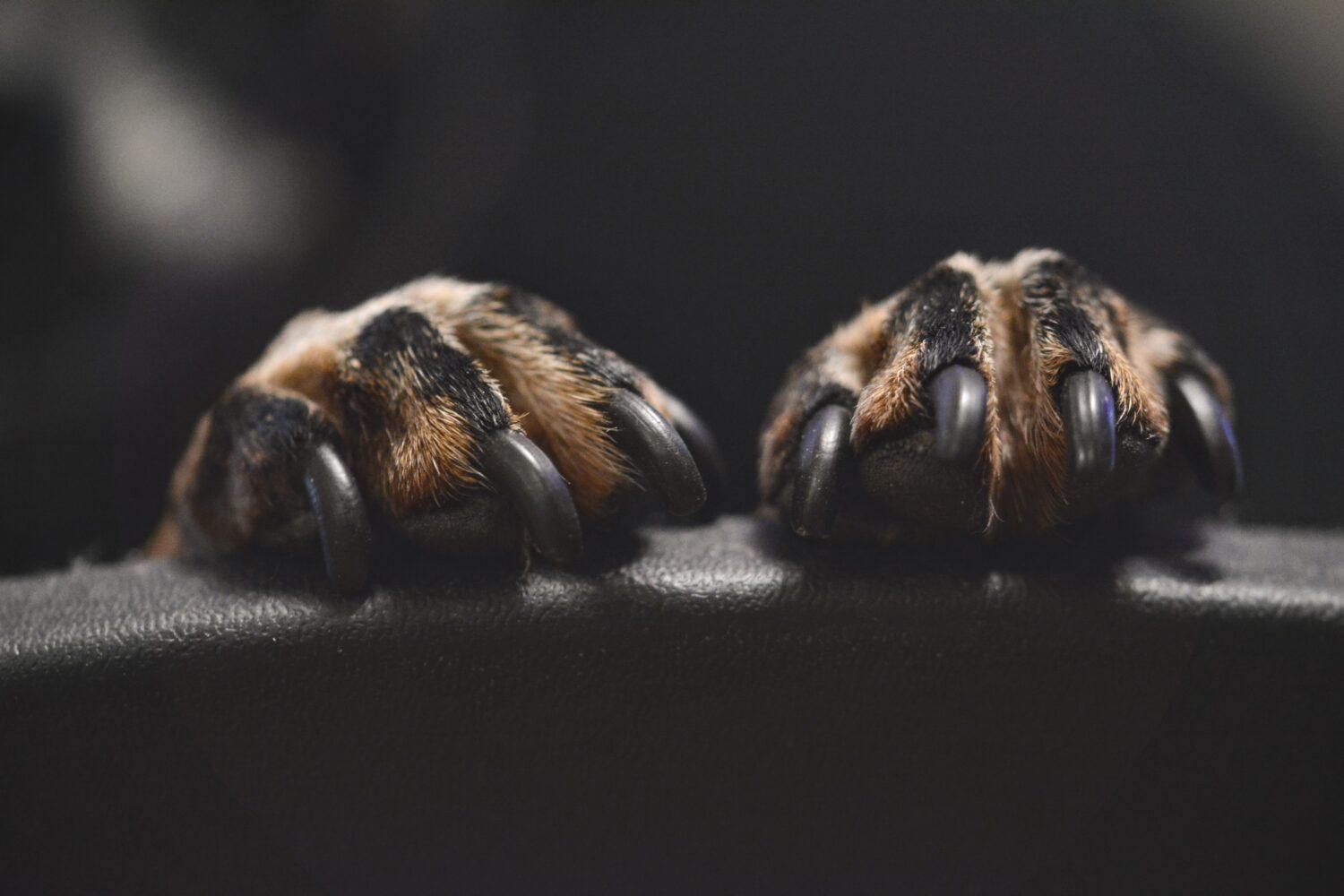Dogs, just like humans, come in different shapes, sizes, and colors.
But unlike human nails, which come in various shades of white and pink, dog nails come in a more limited range of colors, with black being one of the most common.
So, why do dogs have black nails?
The answer lies in the anatomy of the dog’s nail.
Nails are made up of a hard protein called keratin and are formed by the matrix, the part of the nail bed that produces new nail cells.
The color of the nail comes from the amount of melanin, the pigment that gives skin and hair its color, in the matrix.
In dogs, black nails tend to have higher levels of melanin, while lighter nails have lower levels.
But why do some dogs have more melanin in their nails than others?
This has to do with genetics. The color of a dog’s nails is determined by the genes they inherit from their parents, just like coat color and eye color.
Some breeds, such as Labrador Retrievers, have a higher tendency to have black nails, while others, like greyhounds, tend to have lighter nails.
Color of the nails can also change over time
The color of the nails can also change over time, as the amount of melanin in the matrix can increase or decrease.
This can be caused by changes in the dog’s health, such as an autoimmune disease, or from exposure to certain chemicals.
If a dog’s nails become discolored or change color suddenly, it is important to consult with a veterinarian to rule out any underlying health issues.
Nails color can be an indicator of their age
The color of a dog’s nails can also be an indicator of their age.
As dogs get older, their nails may become lighter in color, reflecting a decrease in the amount of melanin in the matrix.
This can be a helpful tool for veterinarians to estimate a dog’s age, especially in mixed breeds where it can be difficult to determine their age based on size or other physical characteristics.
While the color of a dog’s nails is primarily determined by genetics, it can also be influenced by other factors.
For example, a dog that spends a lot of time outdoors may have lighter nails due to exposure to the sun, which can cause the melanin in their nails to break down.
Additionally, dogs that are frequently groomed or have their nails trimmed regularly may have lighter nails, as the melanin can become damaged or removed during the grooming process.
Color of dog’s nails is useful to determine their health
It is also important to note that the color of a dog’s nails can be a useful tool in determining their overall health.
If a dog’s nails become discolored or change color suddenly, it could be a sign of an underlying health issue, such as anemia, liver disease, or a fungal infection.
In these cases, it is important to consult with a veterinarian to determine the cause of the discoloration and to treat any underlying health issues.
Conclusion
Dogs have black nails because of the high levels of melanin in the matrix of their nails.
This color is determined by genetics and can also be influenced by environmental factors, such as exposure to the sun or chemicals, and changes in the dog’s health.
Understanding why dogs have black nails can be helpful in determining their age and overall health, and can also be a useful tool for veterinarians in diagnosing and treating underlying health issues.
Overall, while the color of a dog’s nails may seem like a minor detail, it can actually provide important information about their health and well-being.
So, next time you’re admiring your furry friend’s paws, take a closer look at their nails and see what you can learn.




